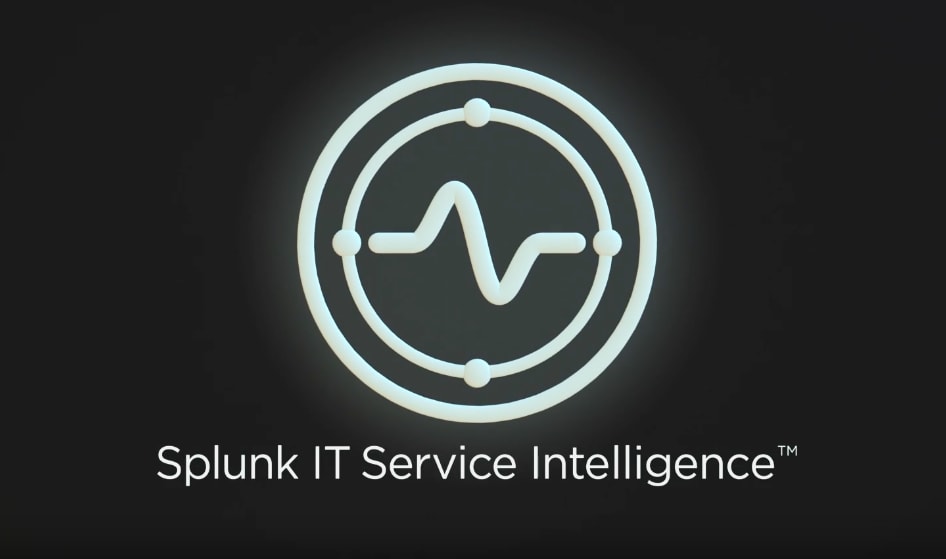A Blueprint for Splunk ITSI Alerting - Step 4

In this step, we’ll focus on taking action on the notable events that have been created thus far. In "A Blueprint for Splunk ITSI Alerting - Overview," I confessed that I believe this design could continue to change over time, and I feel like the concepts addressed in this blog and the next are the most subject to change. I guess what I’m saying is, if you believe you have a better way to achieve the alerting design, I’d love to talk to you about it. Hit me up on LinkedIn and we can connect; otherwise, start with what I lay out here and evolve over time.
The ‘Alertable’ Field Drives It All
In Step 3, we created several correlation searches looking for badness in the environment, and now we need to decide which badness is worthy of producing actionable alerts. When a particular notable event is “so offensive” that we want to proactively alert someone, we’ll flag it with a new field called alertable whose value is 1. Those notables which are not alert-worthy will also get an alertable field whose value is 0. We’ll then build into our NEAP action rules based on the presence of a notable whose field alertable=1.
Example: Alert When Service Health Score Goes Critical
As an example, we’ll revisit our very first correlation search from the "Step 1" blog post and append some additional alertable field logic. Remember, we’re producing notable events when the service health score is anything other than low, but we’ll only fire an alert when it goes critical. Go back to your first correlation search build which produces notable events for degraded services and update the SPL to the following.
`service_health_data` alert_level>2
| `acme_itsi_summary_to_itsi_tracked_alerts_field_mapping`
| eval alertable = if (alert_level>5,1,0)
Test and Validate
Get your test service health to transition from normal to high to critical. If all is working as expected, you’ll see notable events when the service health goes high, and their alertable field should exist and be 0. Once the service goes critical, the subsequent notable events should have alertable=1.


Take Action in the Aggregation Policy Build
We can now visit the action section of the notable event aggregation policy built in the "Step 2" blog and configure it to take action when alertable=1.

You’ll notice the use of tokens in the action email; this is a critical design feature to understand. We only need to create a single NEAP across the entire environment, so we must leverage tokenization in our action scripts to ensure that the right team or person is paged out for each notable group. Again, there are lots of ways to achieve this, but I’d recommend a second lookup which provides email address or contact information for each alert_group.
Note that we have two automatic lookups running. The first creates the alert_group field and the second provides the correct email address for this alert_group. This means that our automatic lookup definitions must be named in correct lexicographical order to work as intended.


Conclusion
You should now be getting emails (or some other desired action) for notable events with alertable=1. Your job is to go back and revisit your correlation searches and determine which situations are alert-worthy and configure your alertable logic accordingly. Remember, in our example above our alertable logic was dead simple, but it doesn’t have to be. The alertable logic in the SPL can grow as complex as necessary to meet your needs. Maybe some services should alert when they go high and others when they go critical, or perhaps you want to alert when some KPIs go critical but not others—all of this is possible by extending and augmenting the logic which sets alertable to 1 or 0 based on your needs.
Lastly, you may notice that you’re getting a whole lot of emails…that’s not good! We haven’t implemented action throttling yet so every new notable event with alertable=1 is going to take action. This throttling will ensure that actions are taken just once per episode and is the subject of our next and final blog.
I'm lovin' it! Get ready for Step 5...
Related Articles
About Splunk
The world’s leading organizations rely on Splunk, a Cisco company, to continuously strengthen digital resilience with our unified security and observability platform, powered by industry-leading AI.
Our customers trust Splunk’s award-winning security and observability solutions to secure and improve the reliability of their complex digital environments, at any scale.




